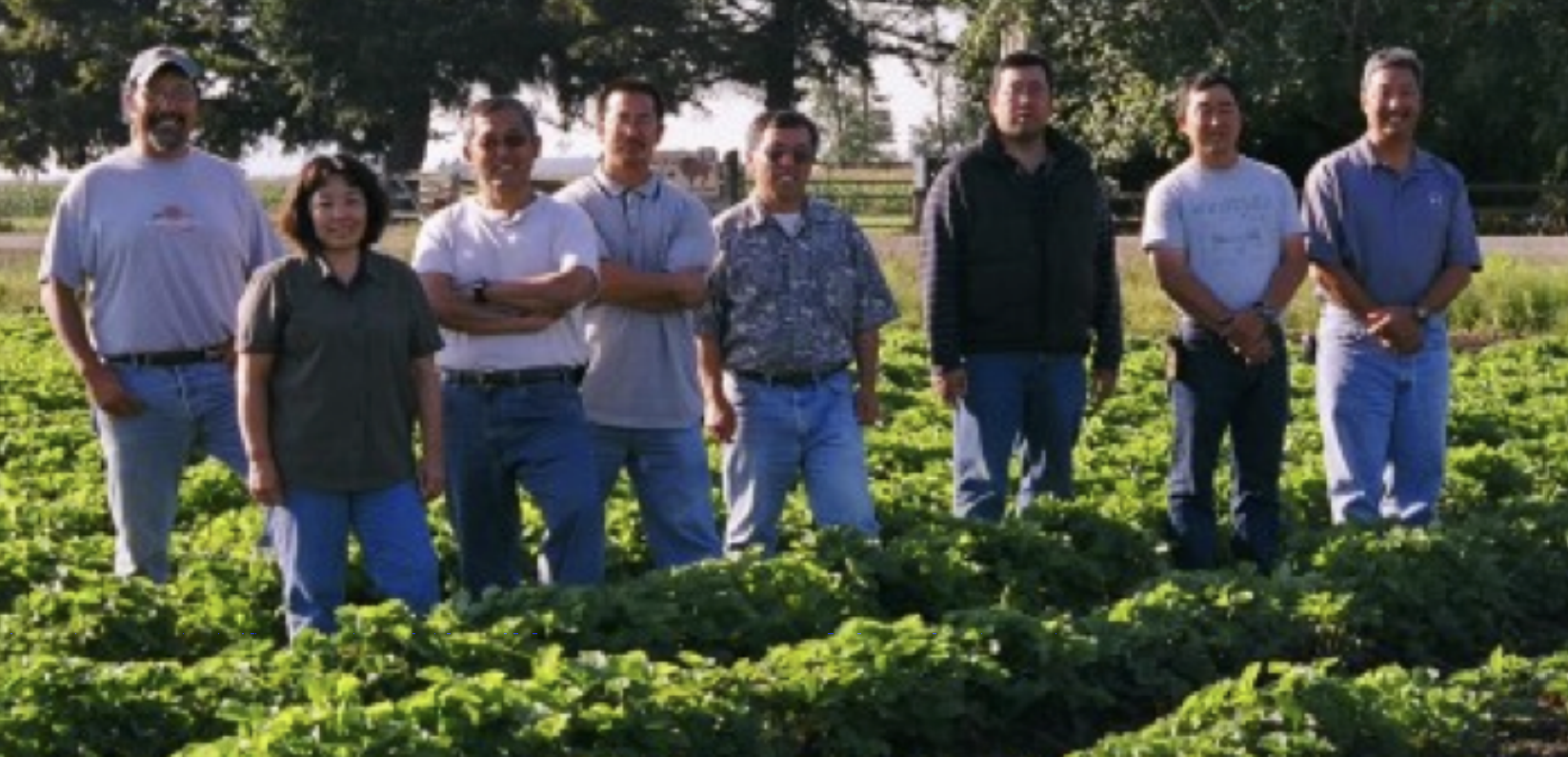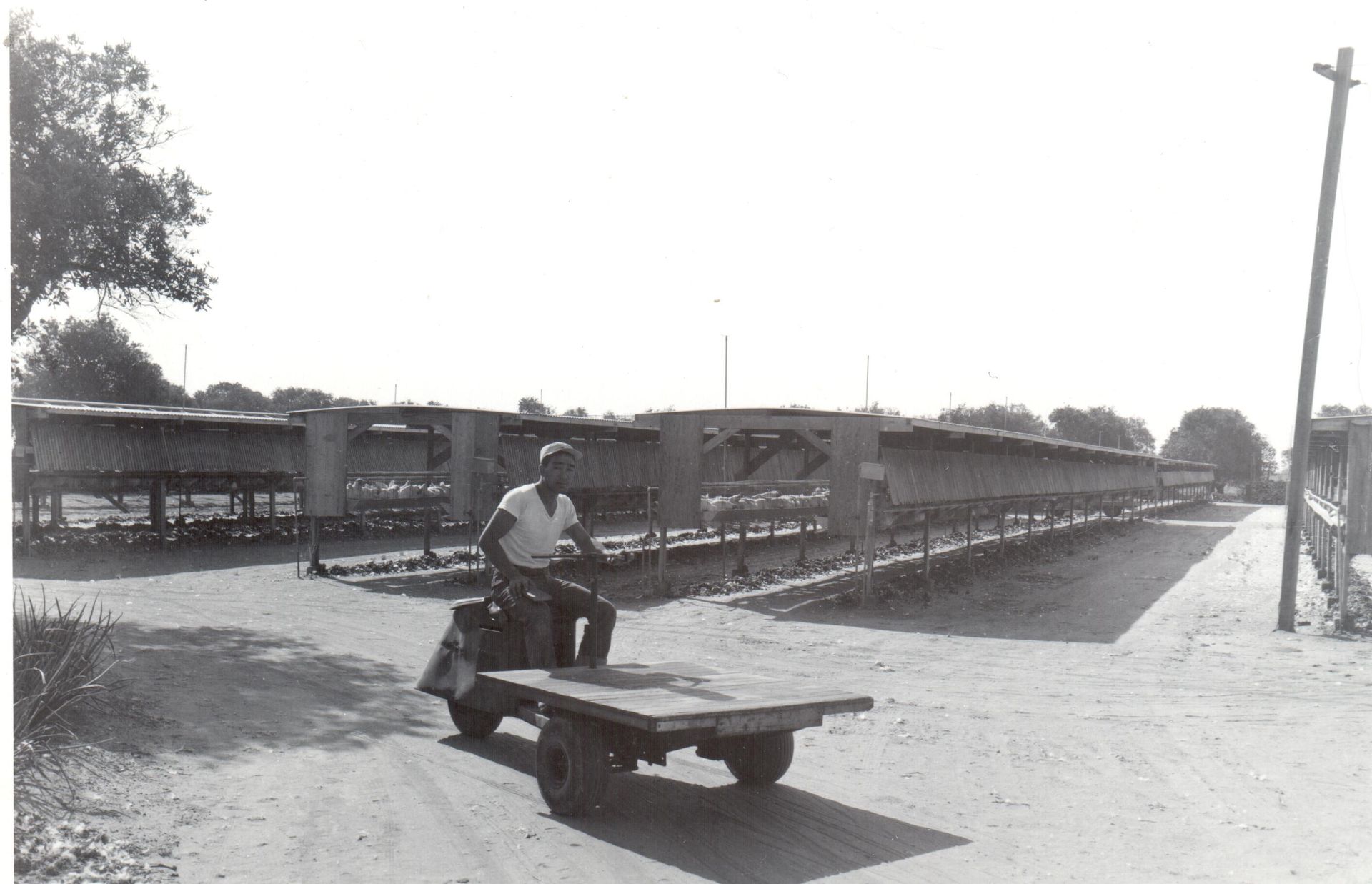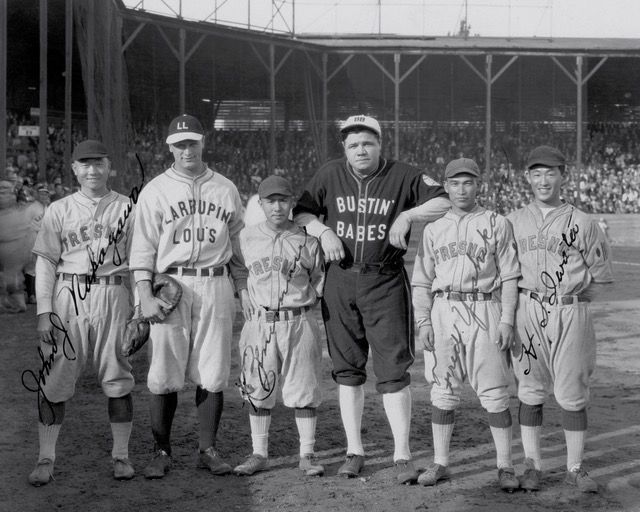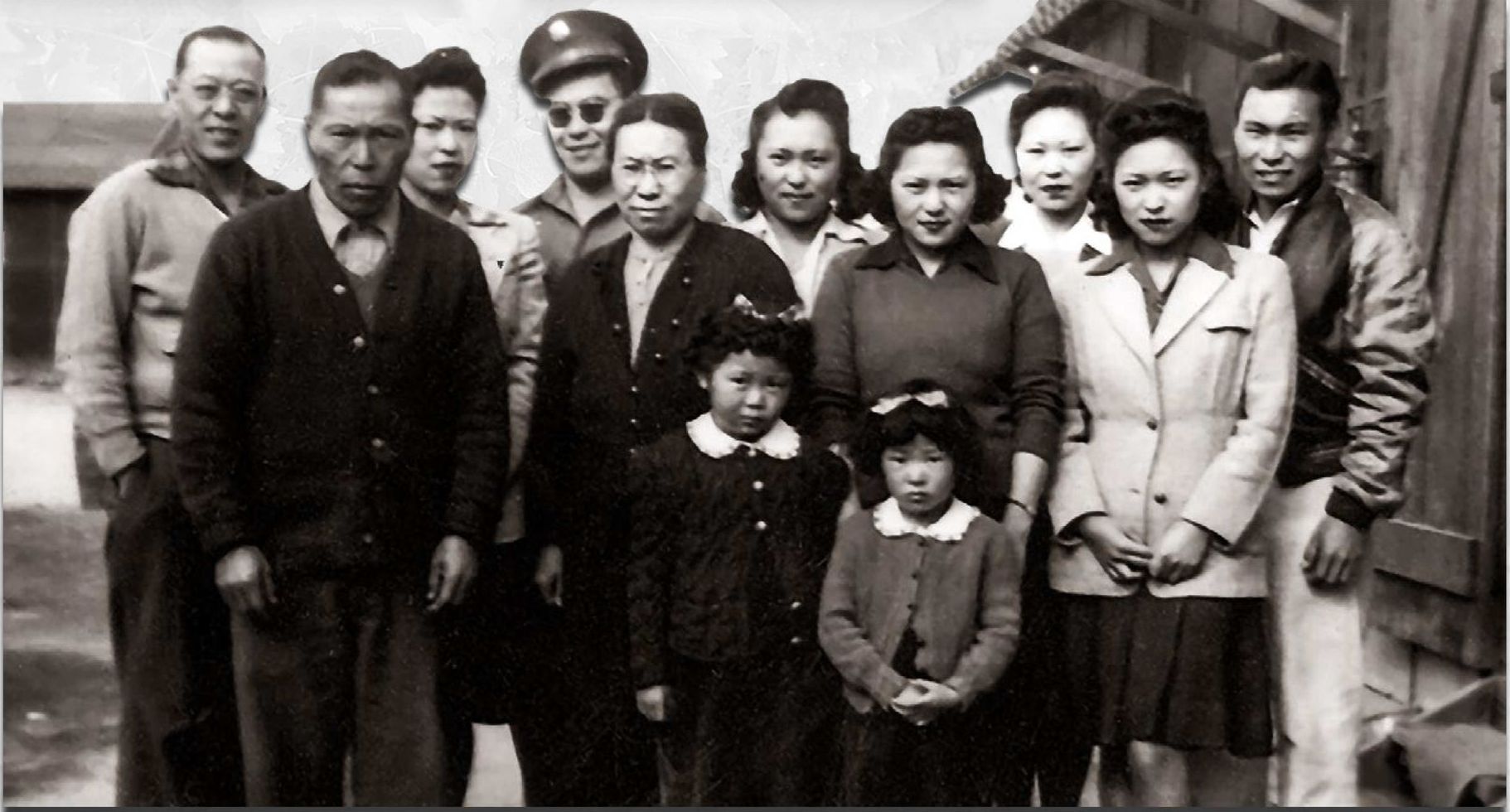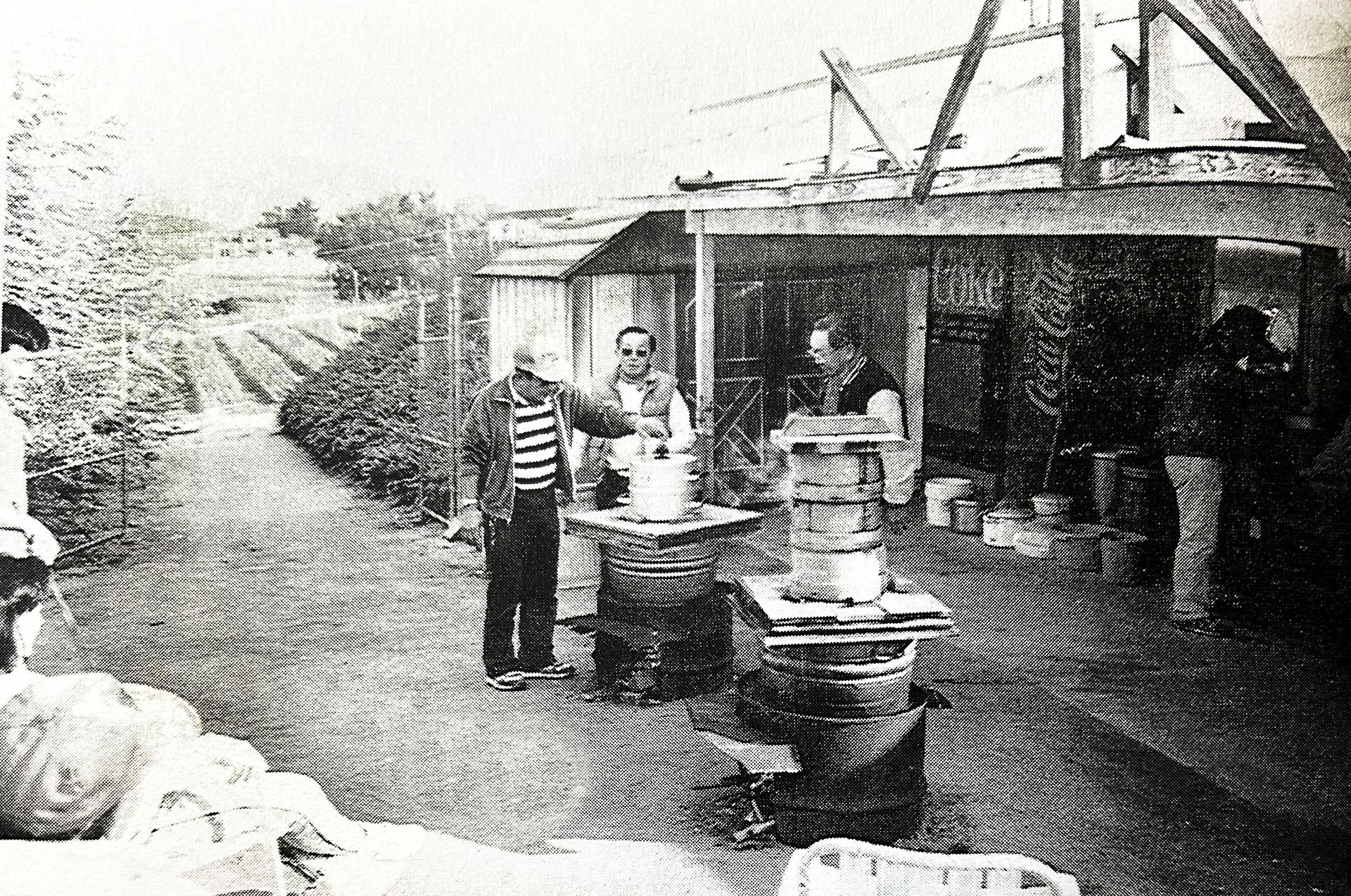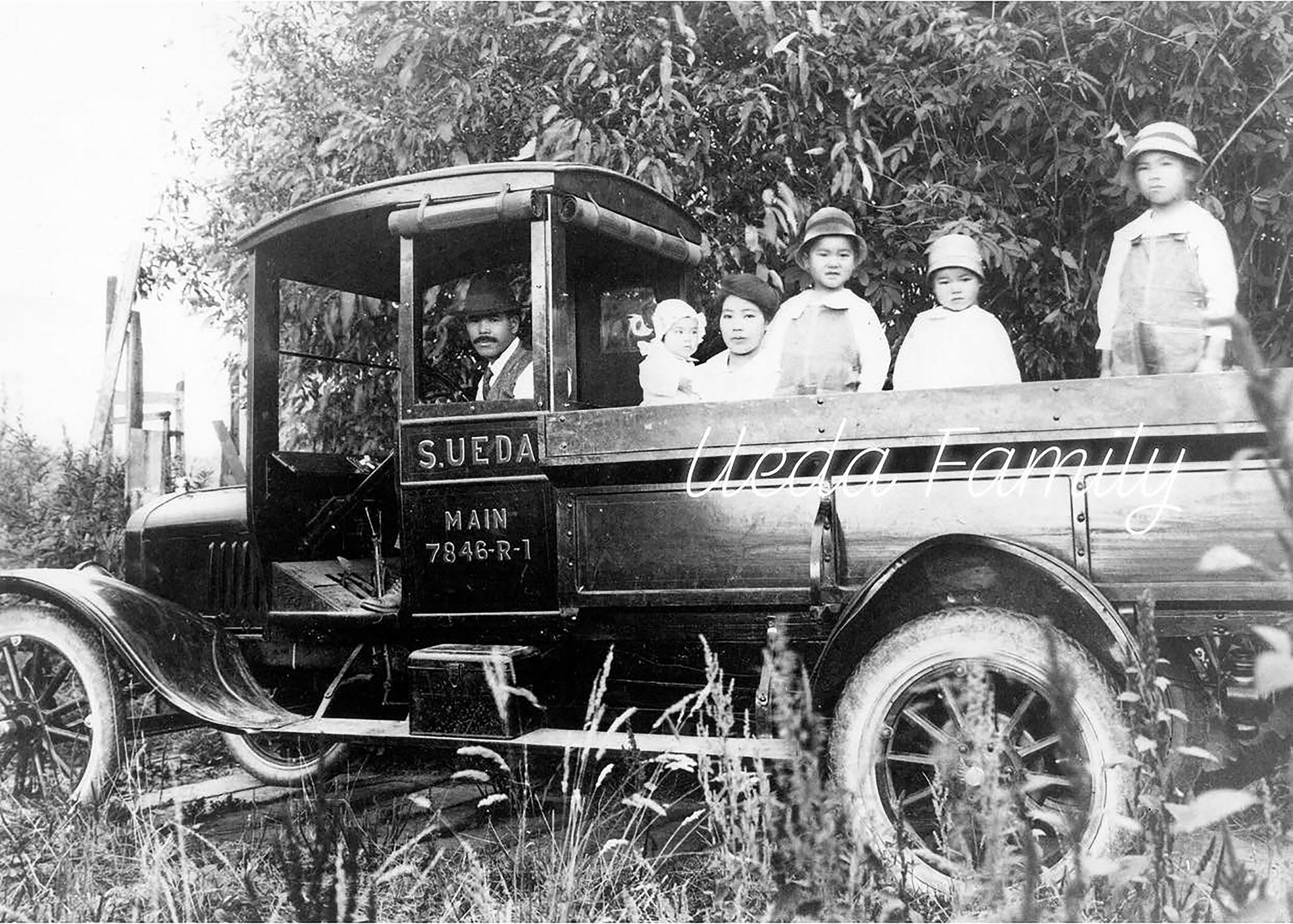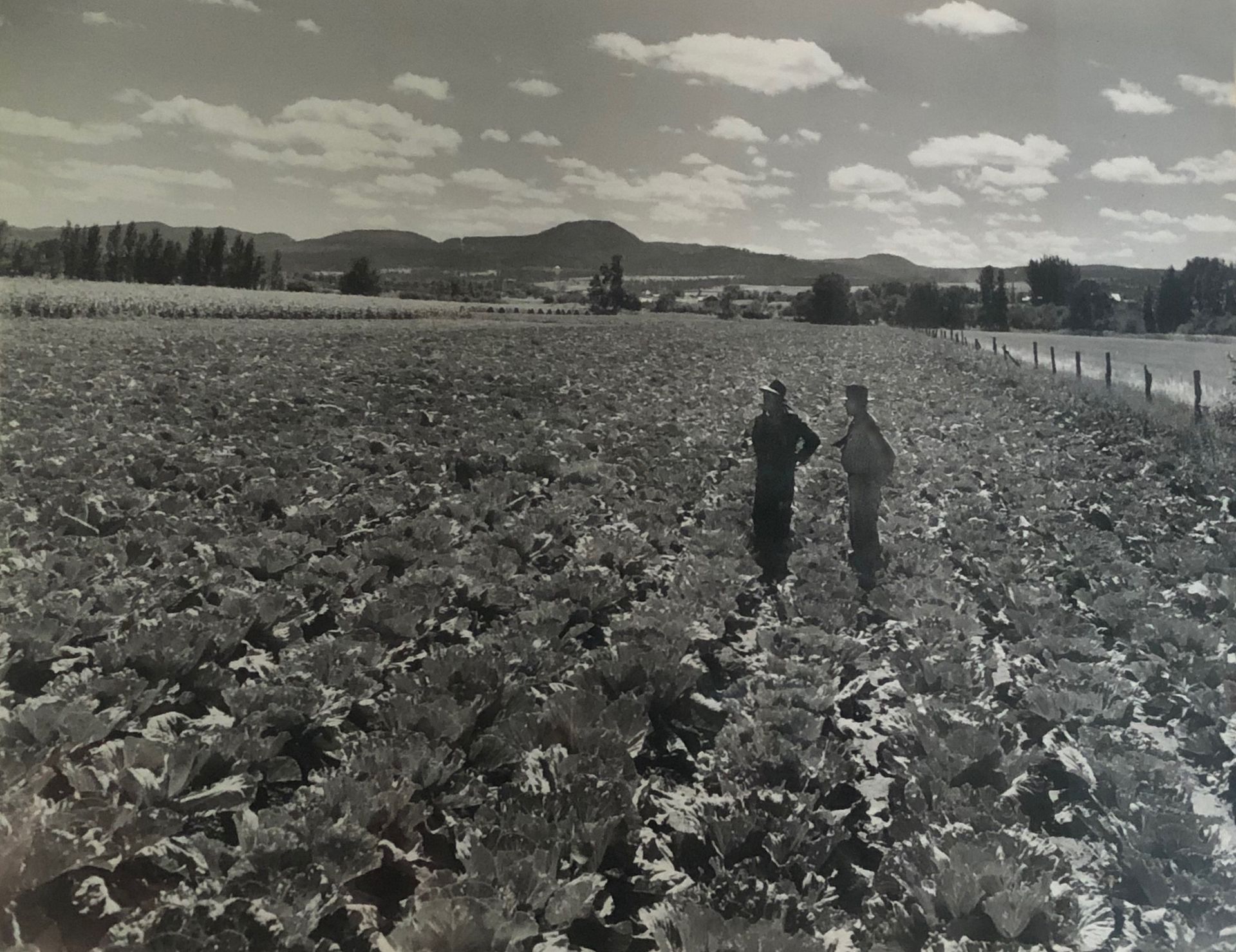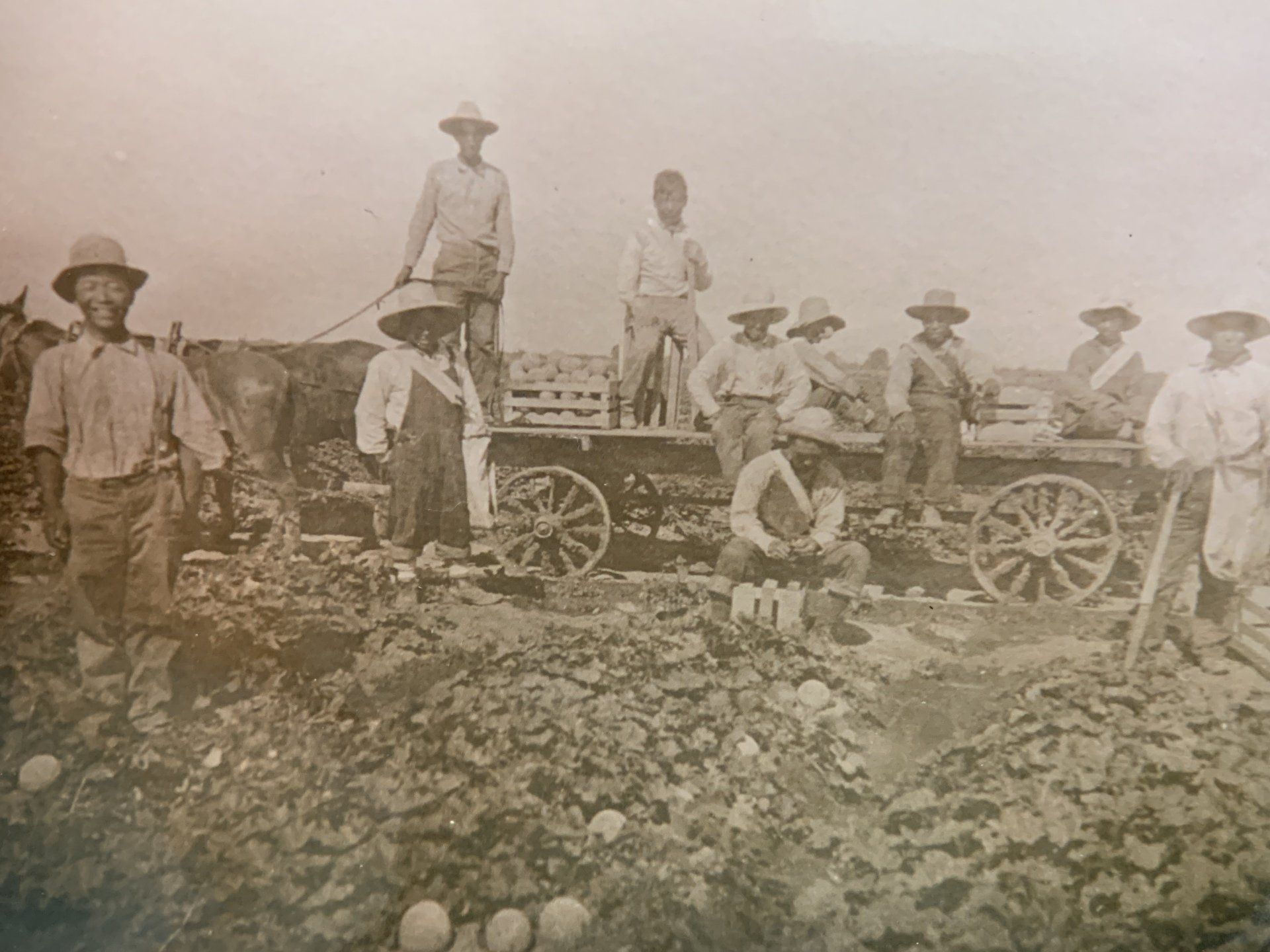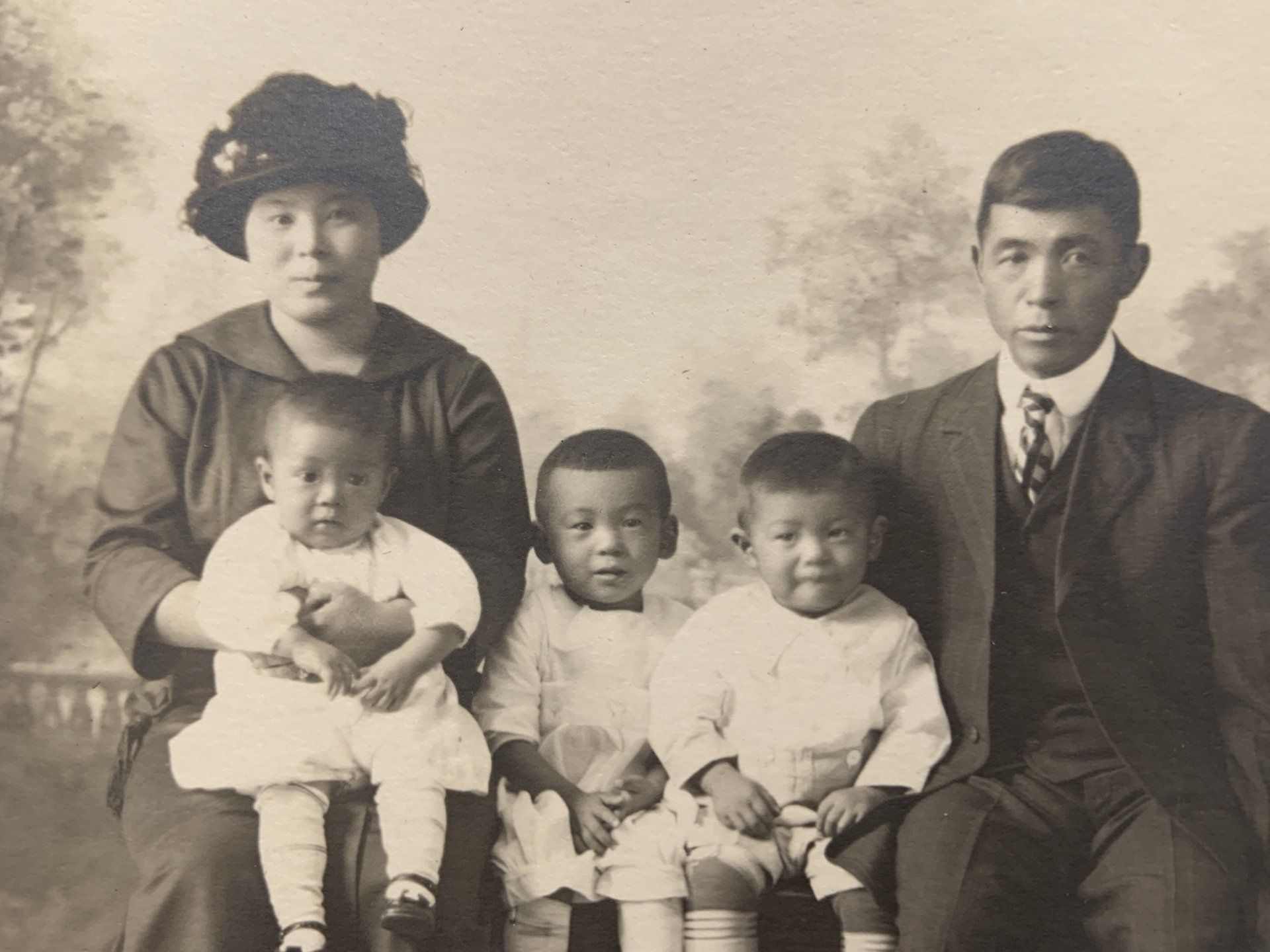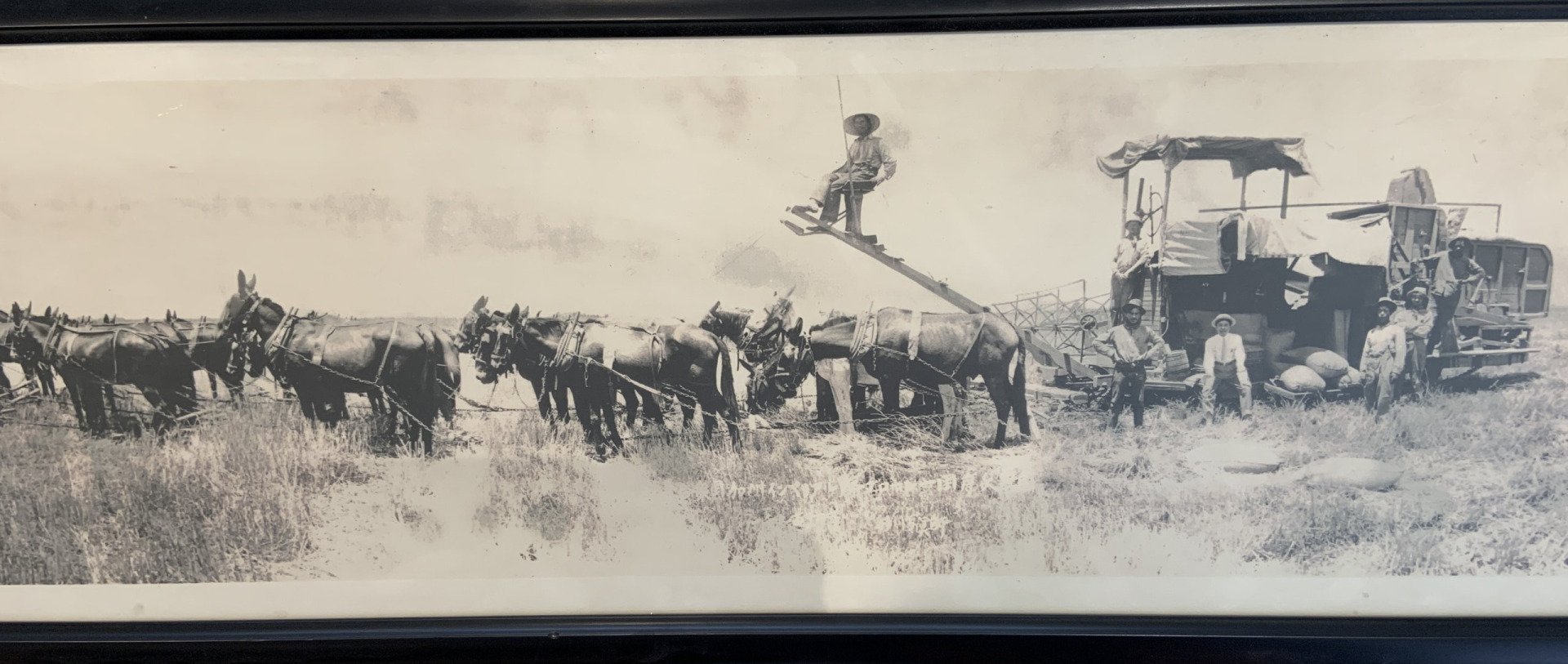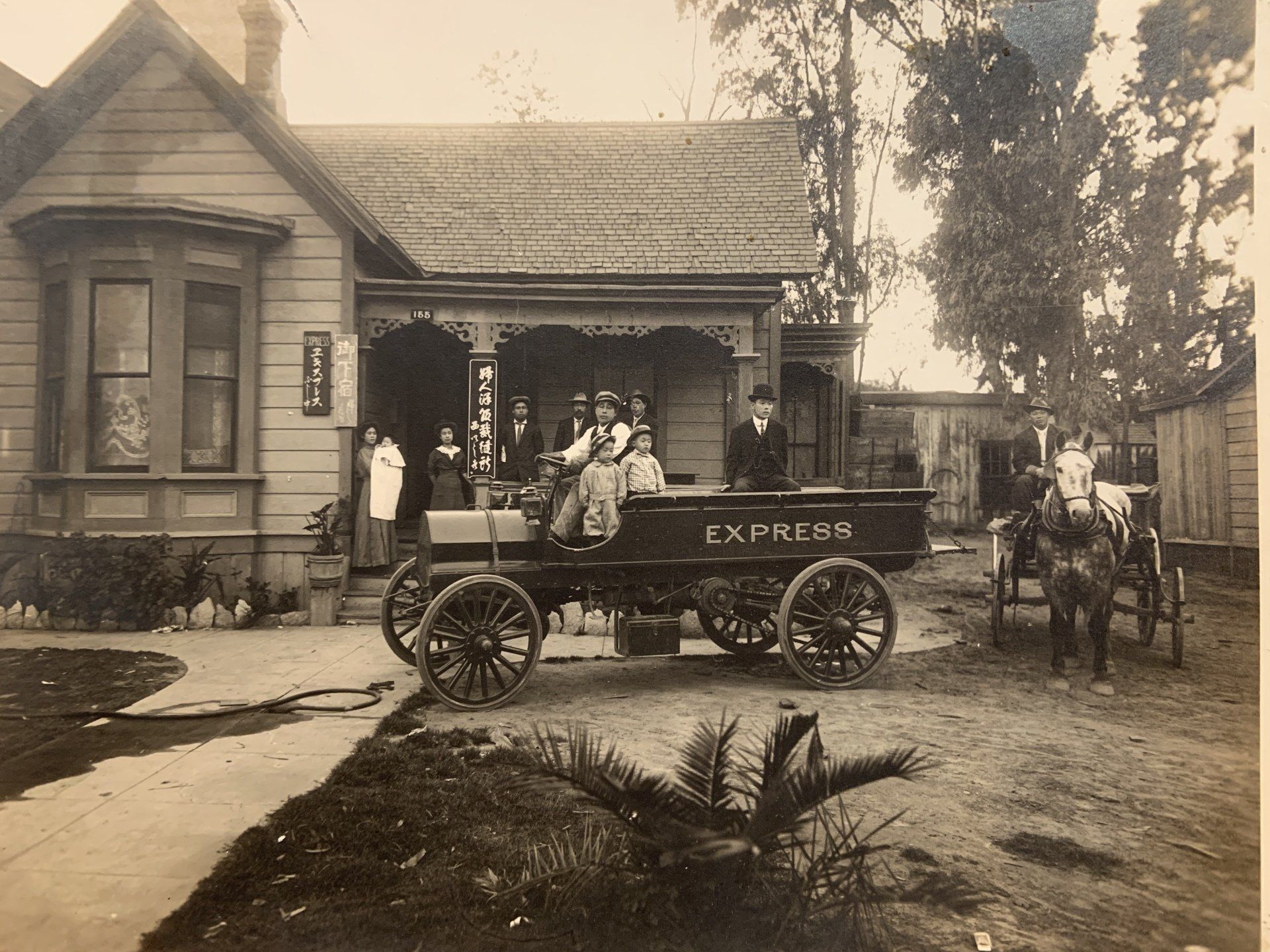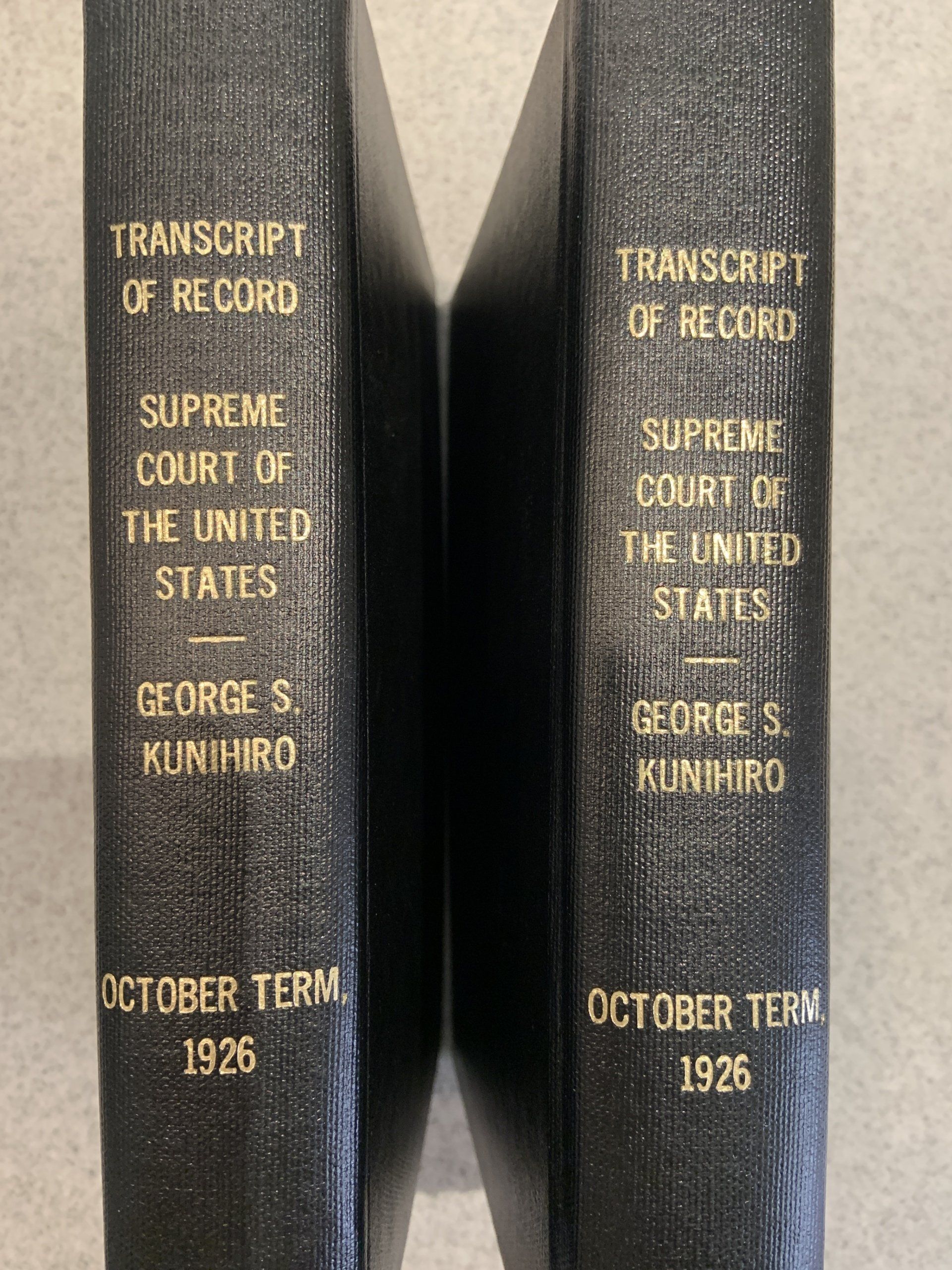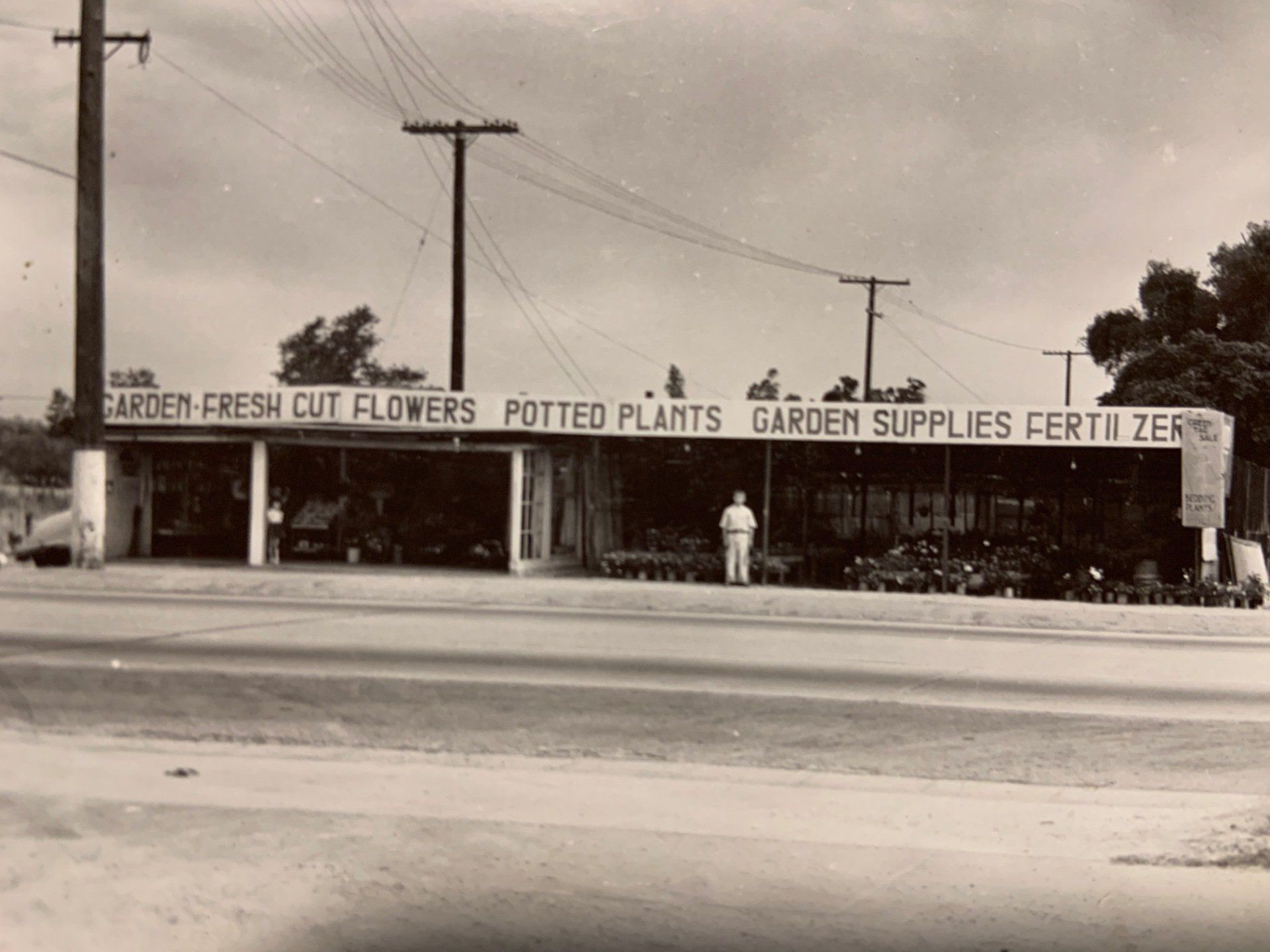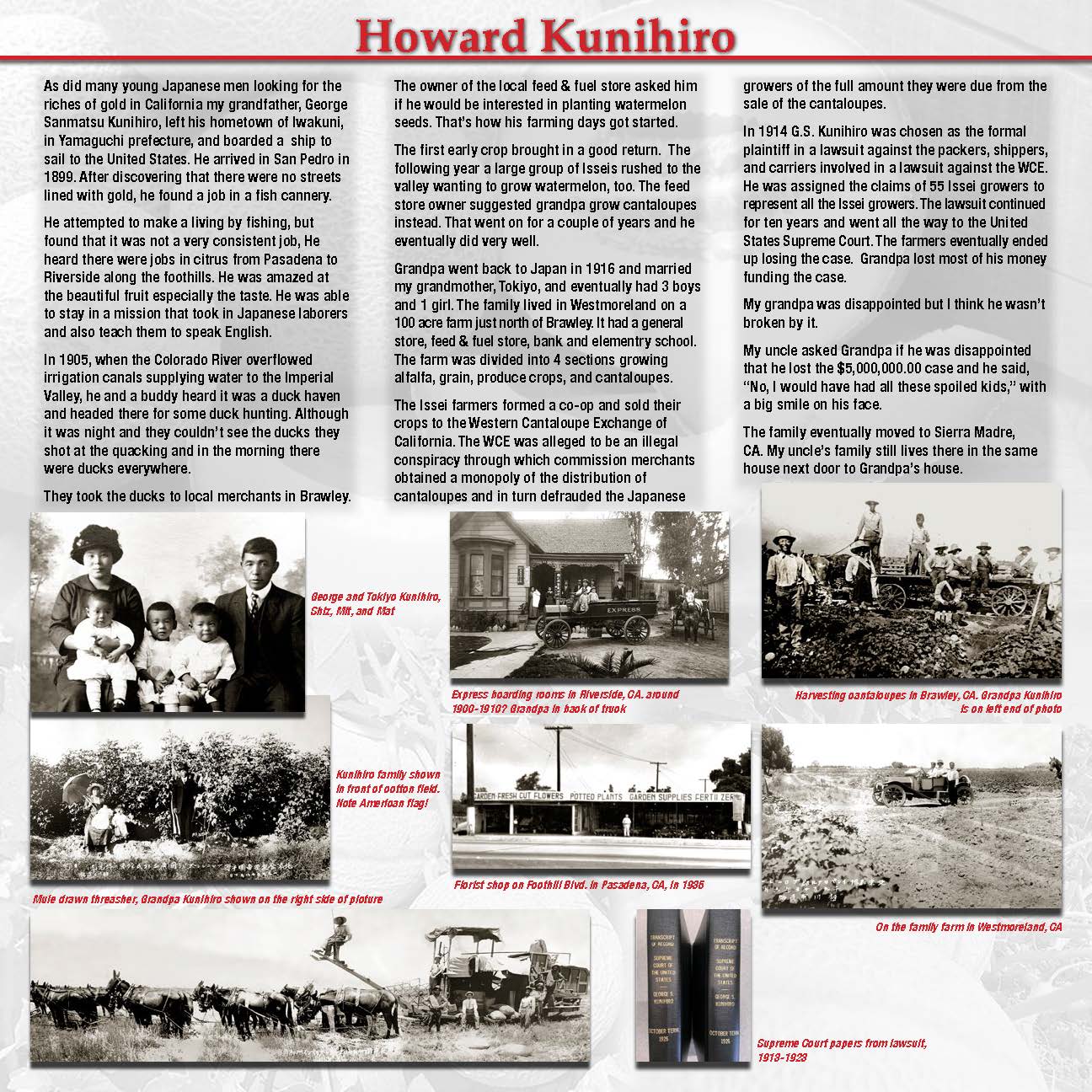Howard Kunihiro
As did many young Japanese men looking for the riches of gold in California my grandfather, George Sanmatsu Kunihiro, left his hometown of Iwakuni, in Yamaguchi prefecture, and boarded a ship to sail to the United States. He arrived in San Pedro in 1899. After discovering that there were no streets lined with gold he found a job in a fish cannery.
He attempted to make a living by fishing, but found that it was not a very consistent job, He heard there were jobs in citrus from Pasadena to Riverside along the foothills. He was amazed at the beautiful fruit especially the taste. He was able to able to stay in a mission that took in Japanese laborers and also teach them to speak English.
In 1905, when the Colorado River over flowed irrigation canals supplying water to the Imperial Valley, he and a buddy heard it was a duck haven and headed there for some duck hunting. Although it was night and they couldn’t see the ducks they shot at the quacking and in the morning there were ducks everywhere.
They took the ducks to local merchants in Brawley. The owner of the local feed & fuel store asked him if he would be interested in planting watermelon seeds. That’s how his farming days got started.
The first early crop brought in a good return. The following year a large group of Isseis rushed to the valley wanting to grow watermelon, too. The feed store owner suggested grandpa grow cantaloupes instead. That went on for a couple of years and he eventually did very well.
Grandpa went back to Japan in 1916 and married my grandmother, Tokiyo, and eventually had 3 boys and 1 girl. The family lived in Westmoreland on a 100 acre farm just north of Brawley. It had a general store, feed & fuel store, bank and elementary school. The farm was divided into 4 sections growing alfalfa, grain, produce crops, and cantaloupes.
The Issei farmers formed a co-op and sold their crops to the Western Cantaloupe Exchange of California. The WCE was alleged to be an illegal conspiracy through which commission merchants obtained a monopoly of the distribution of cantaloupes and in turn defrauded the Japanese growers of the full amount they were due from the sale of the cantaloupes.
In 1914 G.S. Kunihiro was chosen as the formal plaintiff in a lawsuit against the packers, shippers, and carriers involved in a lawsuit against the WCE. He was assigned the claims of 55 Issei growers to represent all the Issei growers. The lawsuit continued for ten years and went all the way to the United States Supreme Court. The farmers eventually ended up losing the case. Grandpa lost most of his money funding the case.
My grandpa was disappointed but I think he wasn’t broken by it.
My Uncle asked grandpa if he was disappointed that he lost the $5,000,000.00 case and he said “no, he would have had all these spoiled kids” with a big smile on his face.
The family eventually moved to Sierra Madre, CA. My uncle’s family still lives there in the same house next door to grandpa’s house.
Harvesting canoloupes in Brawley, CA. Grandpa Kunihiro is on left end of photo
George and Tokiyo Kunihiro, Shiz, Mit, and Mat
Mule drawn threasher, Grandpa Kunihiro shown on the right side of picture
Kunihiro family shown in front of cotton field. Note American flag!
Express boarding rooms in Riverside, CA. around 1900-1910? Grandpa in back of truck.
Supreme Court papers from lawsuit, 1913-1923
Florist shop on Foothill Blvd. in Pasadena, CA., in1935
On the family farm in Westmoreland, Ca.

